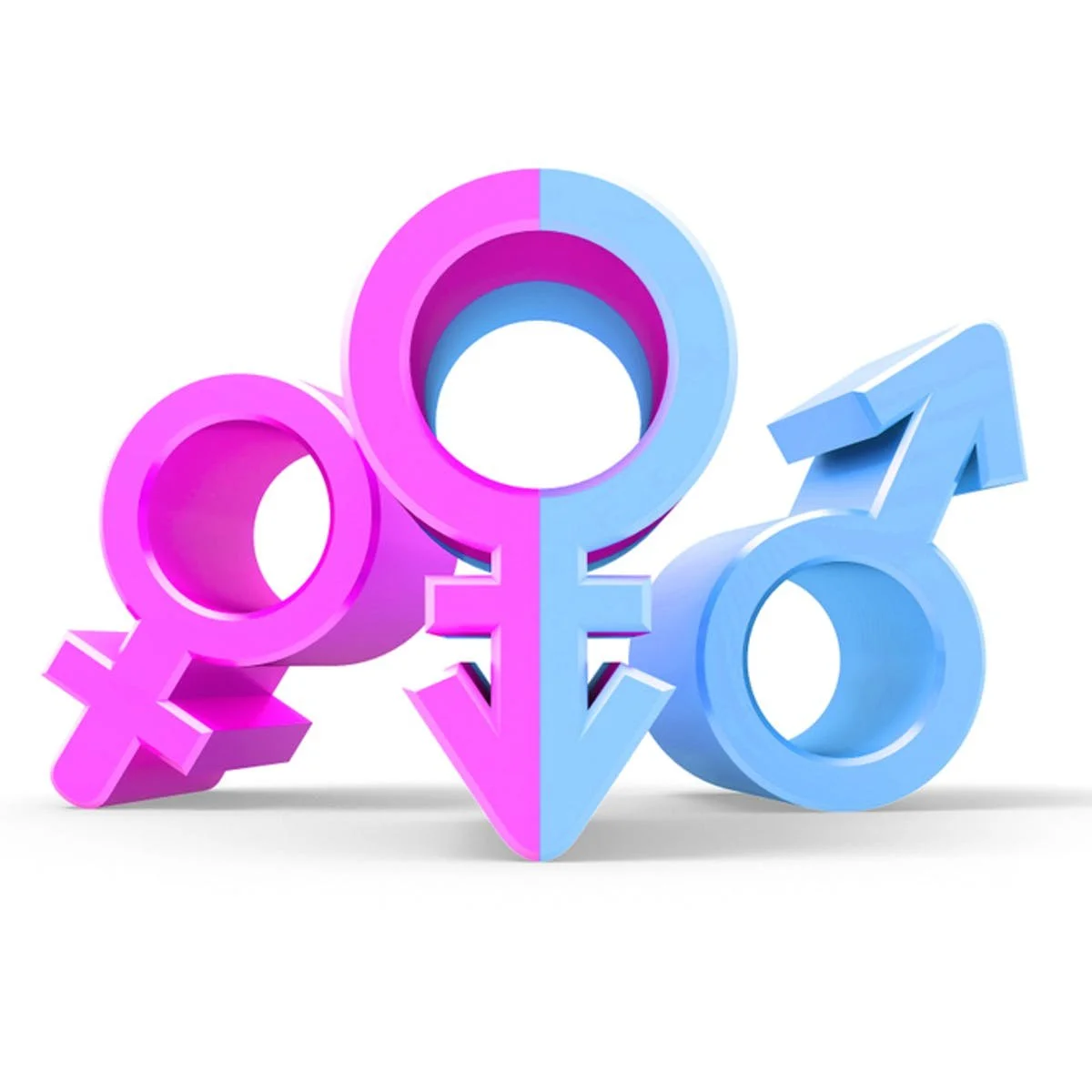To achieve gender equality, we must first tackle our unconscious biases
People often argue that most Western societies have achieved gender equality – women have all the same legal rights as men, and workplace discrimination based on gender is illegal. Despite this, feminists continue to argue that the battle for gender equality is not yet won.
So what do we mean when we talk about gender equality, and how will we know when we have it?
What does the evidence tell us?
There is evidence of widespread prejudice against women and girls from decades of psychological research. For instance, an experiment was conducted in which participants watched an entrepreneurial pitch video of images relating to a new venture, narrated by the voice of the entrepreneur. Participants were randomly assigned to a group in which either a male or female voice narrated the pitch, which was otherwise identical. When a male voice pitched the venture, 68% of participants thought it was worthy of funding, compared to only 32% when pitched by a female voice.
Such effects occur even when gender is presented only on paper. In an experiment in which participants were asked to rate an applicant for a laboratory manager position, an identical application was provided in two separate conditions. However, in each condition, the application was randomly assigned as belonging to either “John” or “Jennifer”. Participants who were led to believe the applicant was male rated them as more competent and hireable, as well as offering them a higher starting salary and more career mentoring.
Even children show this gender bias. One study asked children to guess whether a “really, really smart” protagonist in a story was a man or a woman. By the age of six, girls were less likely to guess that the protagonist was a woman than boys were to guess that the protagonist was a man.
This scientific evidence demonstrates that people do in fact discriminate based on gender, despite denials that gender inequality persists in modern societies. This research demonstrates that even when all else is equal, women are at a disadvantage to men in many domains. This might be because men are perceived as being more capable in general, even in the absence of evidence to suggest superior skills.
Equal does not mean identical
One might object that there are meaningful differences between males and females, and these in turn are the source of gender inequality. Some believe that equality is the wrong word to use, because males and females can’t be equal if they are different.
But when feminists refer to gender equality, we are not arguing that males and females are identical or indistinguishable on all behaviour, preferences and abilities. Nor does it mean all gender differences must be eliminated, or that we must have equal gender representation in every field.
For instance, there are many more male firefighters than female firefighters. Part of this is likely due to gender differences in work preferences. But it is also partly due to the physical strength tests used in recruiting firefighters. These include being able to lift a 72kg mannequin and drag it for 45 metres. Many fit men can achieve this feat, but substantially fewer fit women can.
Even in the absence of gender discrimination, we might always have fewer female firefighters simply because of such physical requirements. But as long as these requirements are reasonable for the job and no woman is excluded because she is a woman, then gender discrimination is not a problem. Gender equality doesn’t mean we must have a 50:50 balance of men and women in every profession purely for the sake of equal representation.
Equality or equity?
Gender equality also does not mean that males and females must always be treated the same. Given the existence of biological sex differences, it is reasonable for males and females to have different legal rights in some instances. For example, only females can ever require maternity leave specifically for pregnancy and birth.
In cases such as these, what is required is not equal treatment, but equitable treatment. Equity means recognising that differences in ability mean that fairness often requires treating people differently so that they can achieve the same outcome. At times equity is necessary to achieve gender equality, but there are many instances where this is not the case.
Most of the time, women and girls are at no inherent disadvantage due to a lack of ability that warrants differential treatment. Gender equality can often be achieved just by holding everyone to the same standard. The problem, as highlighted by the evidence reviewed above, is the irrational gender bias that women and girls are routinely subjected to.
The purpose of affirmative action policies to increase female representation is to counteract systemic discrimination against women. Affirmative action creates gender equity by overcoming the barriers women face simply because of their gender. If we can eliminate this gender-based discrimination, no such action will be necessary.
Achieving gender equality
So if gender equality does not mean that males and females must be identical or always require the same treatment in order to achieve fairness, what does it mean?
Gender equality is seeing males and females as being of equal status and value. It is judging a person based on their merit, and not viewing them as inferior or superior purely based on their gender.
Unfortunately, the evidence reviewed above suggests this prejudice is still widespread, and we often aren’t aware of our own biases. We cannot say that we have gender equality until this prejudice is overcome and we have eliminated the irrational bias that people have against somebody just because they are female.
Equal rights are not enough. Inequality exists in our minds, in our biases and prejudices, and that remains to be fixed.


